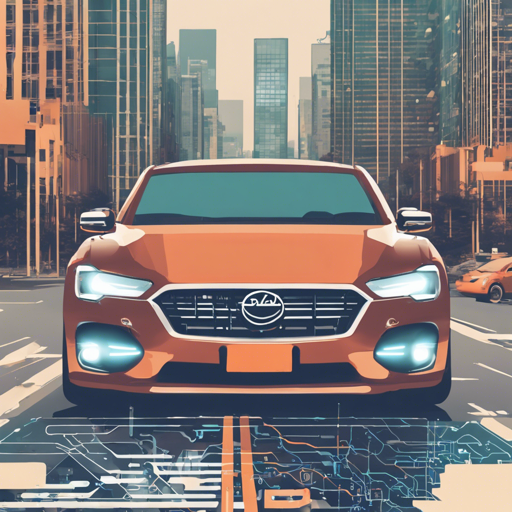In this blog post, we will explore how to implement license plate detection using various techniques such as YOLOv5, MobileNet SSD, and NCNN. We’ll guide you through the installation and execution process to get your detection system up and running!
Understanding the Tools
Before we dive into the setup process, let’s clarify the tools we will be working with:
- YOLOv5: A state-of-the-art, real-time object detection system that is fast and very accurate.
- MobileNet-SSD: A model optimized for mobile devices, which maintains decent accuracy while being lightweight.
- NCNN: A high-performance neural network inference framework designed for mobile applications.
How to Set Up License Plate Detection
Step 1: Clone the Repository
To get started, you’ll need to clone the License Plate Detector repository. Open your terminal or command prompt and execute the following command:
git clone https://github.com/zeusees/License-Plate-Detector.gitStep 2: Install PyTorch
Next, ensure you have PyTorch installed on your machine. It’s recommended to install version 1.7.0 for this project. You can do this using the following command:
pip install torch==1.7.0 torchvisionMake sure you also have Python 3.8 installed on your system.
Step 3: Run the Detection Script
Once the above setups are complete, you can run the license plate detection script with the following command:
python detect_plate.pySetting Up NCNN for C++ Users
If you prefer working with C++, you can also set up NCNN. Follow these steps:
Step 1: Compile the Source Code
Navigate to the NCNN project directory:
cd Prj-ncnnThen, run the following commands to compile:
cmake .makeTroubleshooting
If you encounter any issues during installation or execution, here are some troubleshooting tips:
- Ensure that all dependencies, such as PyTorch, are correctly installed.
- Double-check that the versions of Python and PyTorch are compatible.
- If you face issues running the Python script, make sure your terminal is in the correct directory where the script resides.
- For further clarification and support, consider checking issues on the respective GitHub repositories of the tools mentioned.
For more insights, updates, or to collaborate on AI development projects, stay connected with fxis.ai.
Conclusion
With this setup, you should be equipped to implement license plate detection using YOLOv5 or NCNN in your projects. Always remember that consistent practice and experimentation with these models will enhance your understanding and proficiency.
At fxis.ai, we believe that such advancements are crucial for the future of AI, as they enable more comprehensive and effective solutions. Our team is continually exploring new methodologies to push the envelope in artificial intelligence, ensuring that our clients benefit from the latest technological innovations.
Further Resources
For additional information and references, you may visit:

